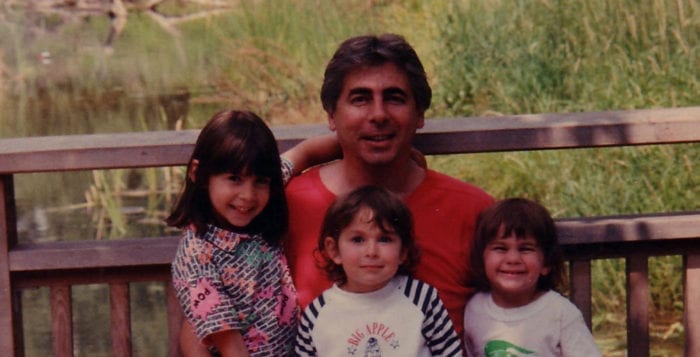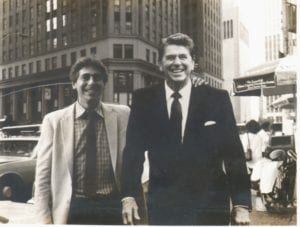Something called “the blue place” has a role in how people react to the world, to their balance and even to how they feel. While that place is not some metaphysical presence in a distant universe that has turned humans into marionettes, it exists in the brain of each person.
The Latin name for that critically important area is locus ceruleus. The reason it’s called a “blue place” is that it appears blue (not emotionally) inside the brain. From the neurons in that region, people (and other mammals) respond to friends, foes and strangers.
Stephen Shea, an assistant professor at Cold Spring Harbor, wants to know more about this center. By studying mice, he is looking at how the L.C. responds to a variety of situations, tracking what parts are active and in what sequence as mice react to smells, sights, and physical stimuli that can trigger certain behaviors.
When, for example, a mouse smells a fox — one of its natural predators — the L.C. “goes bananas,” Shea said.
While researchers recognize that the L.C. is involved in all these functions, they do not know exactly how it works or what series of signals come together to enable it to function.
“It’s a real mystery how the L.C. is able to perform all these roles and mediate priorities,” Shea said.
The question he and his four-person lab is asking is what is the L.C. doing during these different situations and contexts.
In awake mice, he can monitor the activity of the L.C. as the mouse does everything from feeding and exploring its cage to interacting with other mice with whom it has had some, or no, previous contact.
When mice who haven’t met before come together, they go through a complex series of behaviors that include a “surprise” phase. A male mouse may start a mating dance, where it chases the female. If he’s accepted, that may trigger another combination of activities in the L.C.
“The analysis of the pattern, rhythm and level of activity in time can tell us the broadcast of noradrenaline” a neurotransmitter released by the L.C. “throughout the brain, letting us know what the temporal profile will look like,” he said.
Shea has also conducted experiments in which he has introduced the scent of an unfamiliar mouse while stimulating the L.C. in an anesthetized subject. After the mouse awakes from the anesthetic, he then introduces the other animal that made that unique scent. The mouse reacts to the animal as if it’s already had some contact. Shea suggests that the smell, even when the animal is anesthetized, helps create a memory.
The advantage of creating an artificial memory is that Shea can study each part of the process of memory creation.
The introduction of the smell while under anesthetic is “a simple form of memory, but it’s a form of memory nonetheless,” he suggests.
By understanding how the L.C. functions, Shea hopes to contribute to a wide range of areas, including autism or other disorders where perception and the production of social information is abnormal.
The L.C. can help scientists ask “questions of how an animal is wired up in the brain to perceive social information and interpret it directly through an appropriate behavioral decision or response,” he said.
Shea lives in Northport with his wife Alisa, who works part-time from a home office as a consultant for Truven Health Analytics, and their two school-age sons. He said his family especially enjoys the beach and all the family-friendly activities of the area, including the carnival at the YMCA in Huntington.
A music buff whose favorite artist is Elvis Costello, Shea played the alto saxophone in middle school and high school. Once he reached college, where he became entrenched in the world of academics and science, he had less time for his musical pursuits.
As for his research, Shea said he hopes his work expands the ability to assess problems in neural circuitry and communication behavior in mouse models of human diseases.








